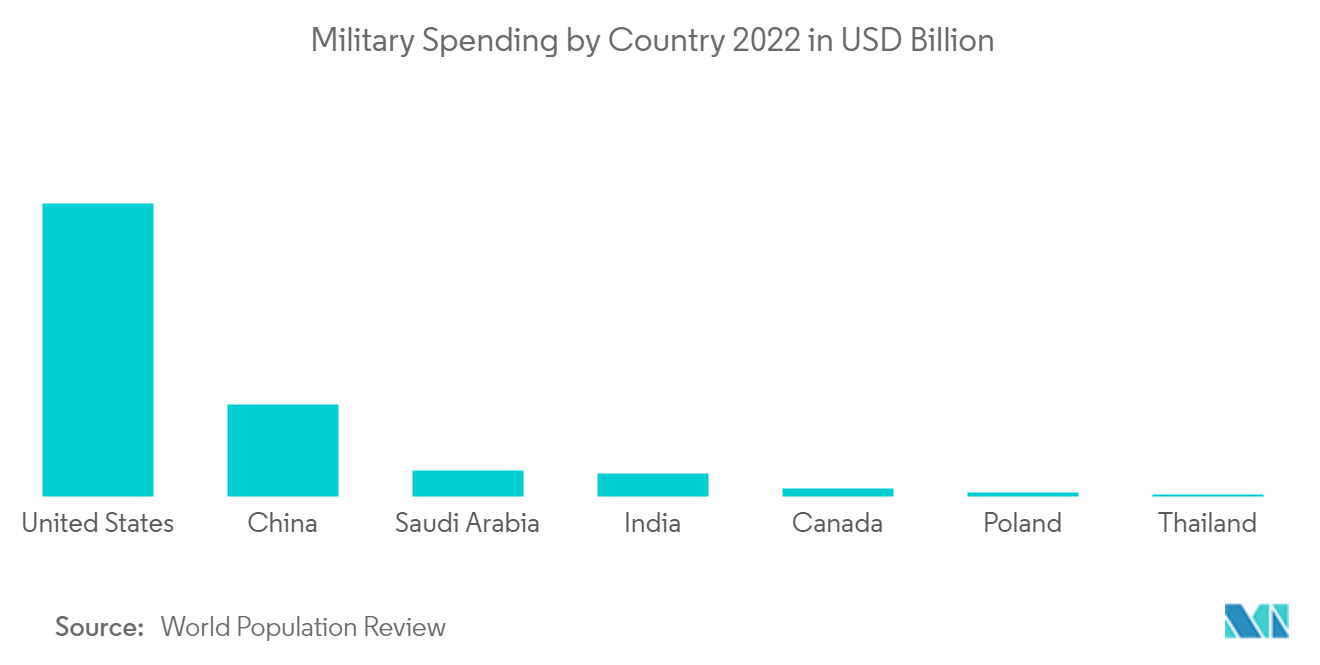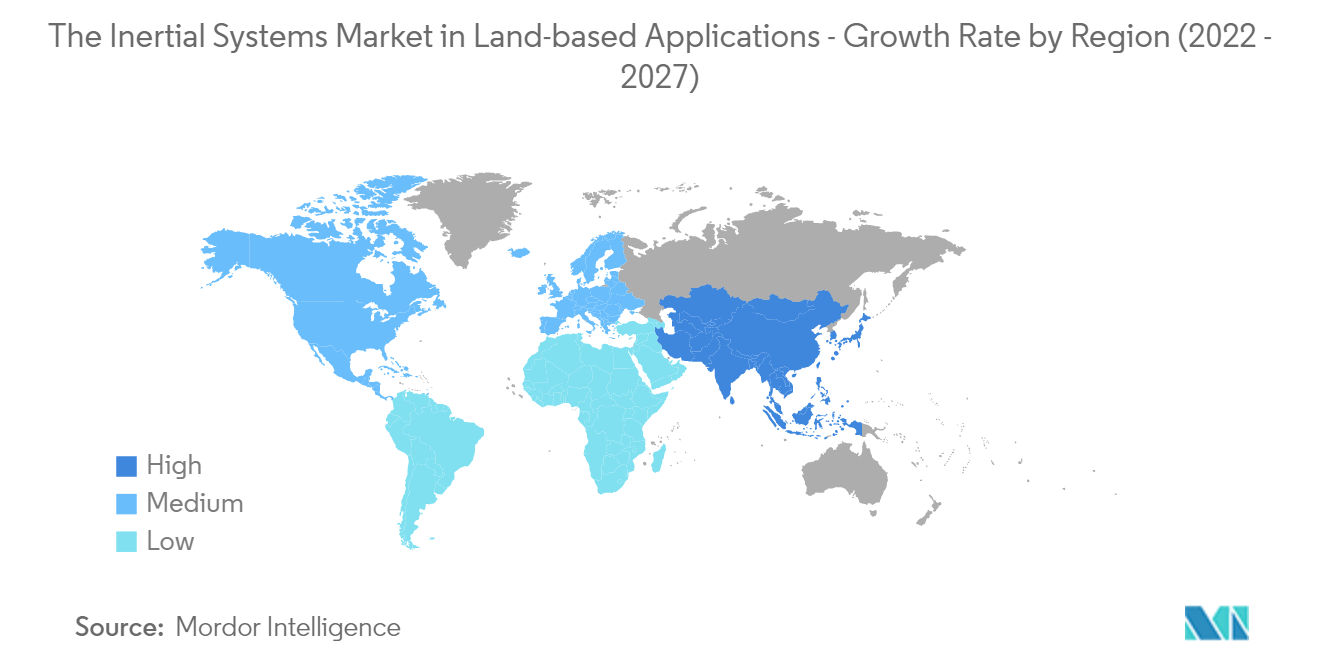Market Trends of Inertial Systems Industry in Land-based Applications
This section covers the major market trends shaping the Land-based Applications Inertial Systems Market according to our research experts:
Increasing Demand for Accuracy to Drive the Market
A high level of accuracy and reliability is a navigational system's prime feature. Inertial navigational systems have a distinct advantage over other forms of navigation systems in terms of their lack of dependence on external aids to determine the rotation and acceleration of a moving object. These systems use a combination of gyroscopes, accelerometers, and magnetometers to determine the vector variables of a vehicle or a moving object.
Navigational systems are inherently suited for use in integrated navigation, control, and guidance of vehicles in challenging environs. Unlike GPS and other navigation systems, inertial systems can retain their performance even under challenging conditions. Inertial measurement units (IMU) are well suited for navigational systems to calculate several metrics. These systems remain unaffected by radiation and jamming problems. Strapdown inertial systems find more usage in inertial navigation systems than gimbaled systems, as they are strapped to the moving object and offer better reliability and performance. Moreover, they provide cost-effectiveness as they are incorporated with MEMS techniques.
As advanced technologies such as AI and Machine Learning become more widely adopted, advanced robotic cars that can be controlled remotely via sensor technology are becoming more common. Unmanned Underwater Vehicles, Unmanned Aerial Vehicles, and Unmanned Ground Vehicles are all being updated owing to this new technology. As a result, accurate position parameters, such as altitude and orientation of tactical grade equipment, are important in today's battle scenario.
Inertial navigation systems are now being made available for commercial use in private aircraft, UAVs, military, and defense units. They form an integral part of the navigational control systems and can interact with other navigational systems due to incremental advancements in the processing ability of the systems. Several forms of inertial systems like magnetometers are widely used for determining the orientation and presence of a magnetic field in conjunction with other forms of inertial systems.

North America to Hold the Largest Market Share
The presence of prominent vendors offering MEMS in the region is likely to emerge as a source for innovation, and it is estimated to hold a significant market share. North America is one of the largest markets for offshore oil and gas communication globally. New-found shale resources in the US and an increasing number of oil and gas projects in Canada are expected to drive the demand for communication equipment in the region.
The US Department of the Interior (DoI) plans to allow offshore exploratory drilling in about 90% of the Outer Continental Shelf (OCS) acreage. The region's oil and gas sector is expected to create new opportunities under the National Outer Continental Shelf Oil and Gas Leasing Program (National OCS Program) for 2019-2024.
Moreover, the rising number of unmanned aerial vehicles and rising defense spending are the key reasons for the high adoption of these systems in the US. Besides, under the US Defense Advanced Research Projects Agency (DARPA) program, to provide the US Navy with advanced tools to expand the reach and effectiveness of its underwater sensors, the US defense sector has invested in the development of small unmanned underwater vehicles (UUV) to help US submarines detect and engage adversary submarines. Hence, government initiatives and spending on R&D are expected to further stimulate the growth of the market in the region.


